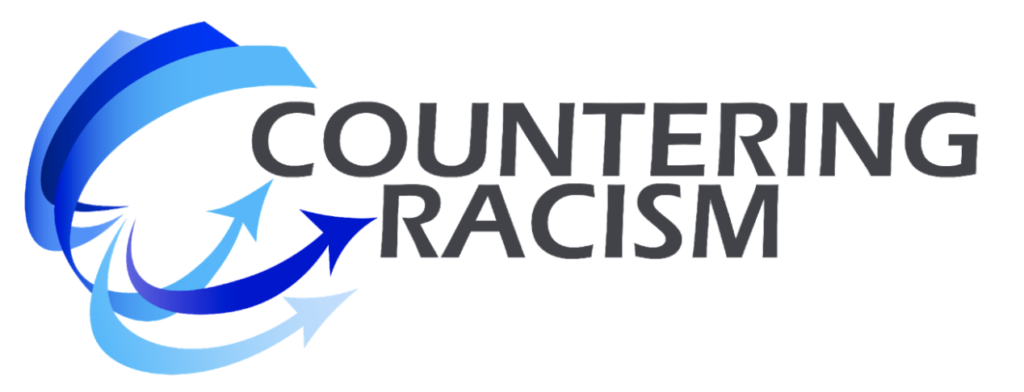#1 What white people can do to Combat Racism
Getting Off the Sidelines and in the Game
To combat racism developing awareness and becoming educated is “essential, but not sufficient.” That awareness and understanding must be in service of committed sustained action. We must avoid the trap of getting stuck in becoming aware and educated.
“But, what can I do?”
The way out of that trap is to answer the question, “But what can I do?” There is a wide variety of actions that can be taken in different settings, from family and neighborhood to our organizations, communities, and the political system.
“Getting in the Game”
“Getting in the game” will look different for different people different people. There is no single “right way” to confront racism. Each person needs to find their own path. The key is to act and play a role, even a small role. Small roles matter. Small roles can grow. Staying on the sidelines, however, is supporting racism.
I am only one, but I am one. I cannot do everything, but I can do something.
And I will not let what I cannot do interfere with what I can do.
Edward Everett Hale
Just Start – Act
Choose an action or two where you feel relatively competent and start immediately. Add actions as you are ready. Develop your relevant competencies as you go. But go. Note. “Being ready” does not mean feeling comfortable. It means being ready to take the risks and take the next steps. Our comfort zones will expand, but we need to keep pushing the edges to make the difference we can make.
The Action Chart
The action chart that follows is not a giant profile of what you” should” be doing to be an anti-racist. It is a set of possible effective actions that you can take to make a difference. It is designed to make it easier for you to choose the actions that fit you, who you want to be, and your current situation. These are examples to make it easier to begin.
There are sections for actions related to various domains of life:
- Self-awareness re: racism (always more to learn)
- Impact on my family
- Impact on my friends and acquaintances
- Impact at school
- Impact at work
- Impact on my clubs and organizations
- Impact on my immediate neighborhood
- Impact on my community (town, city, state)
- Impact on the political system
- Impact on systems/national level
“If you can’t fly, then run.
If you can’t run, then walk.
If you can’t walk, then crawl.
But whatever you do, you have
to keep moving forward.”
Martin Luther King, Jr.
